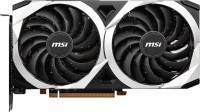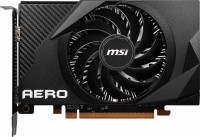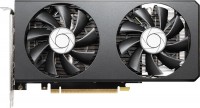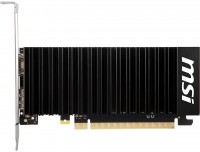Graphics Cards MSI series Aero (turbine)
MSI Aero Series
There are two Aero lines in the MSI graphics card range, which can be easily confused unknowingly. In fact, there is nothing in common between them, except that they are video cards. Aero ITX are compact accelerators with a single cooler, Aero are massive models with a centrifugal fan, which is called a “turbine” for simplicity. The main beauty of such cooling systems is that they blow hot air outside the case and therefore are less dependent on the quality of cooling inside the case.
 |
Many turbocharged models are noisy, but MSI has no such problems. It feels like the volume is a couple of dB higher than that of classic-format video accelerators with a heatsink and two or three fans. The reverse side of the coin is a severe power consumption limit, which minimizes the prospects for overclocking. Apparently, MIS was afraid that increasing the load with such cooling could lead to problems in the future.
Because of these features, the Aero line has a special status. Formally, it includes only advanced video accelerators from NVIDIA, but they are cheaper than their counterparts, which were released under the flags of MSI Suprim, Ventus or Gaming Trio. For example, GeForce RTX 20XX models. the Aero version cost $60-100 less than its counterparts on release, but confused many players with zero overclocking capabilities. Typically, enthusiast graphics cards behave differently. Well, Aero models based on the Ampere architecture at MSI were sent 11 years back in time, borrowing the design of the reference GeForce GTX 480 graphics card. They have not yet reached the test labs, so we will postpone conclusions about quality until better days.











